Musée de l'éventail de Chine - Billets, heures d'ouverture, emplacement et points forts
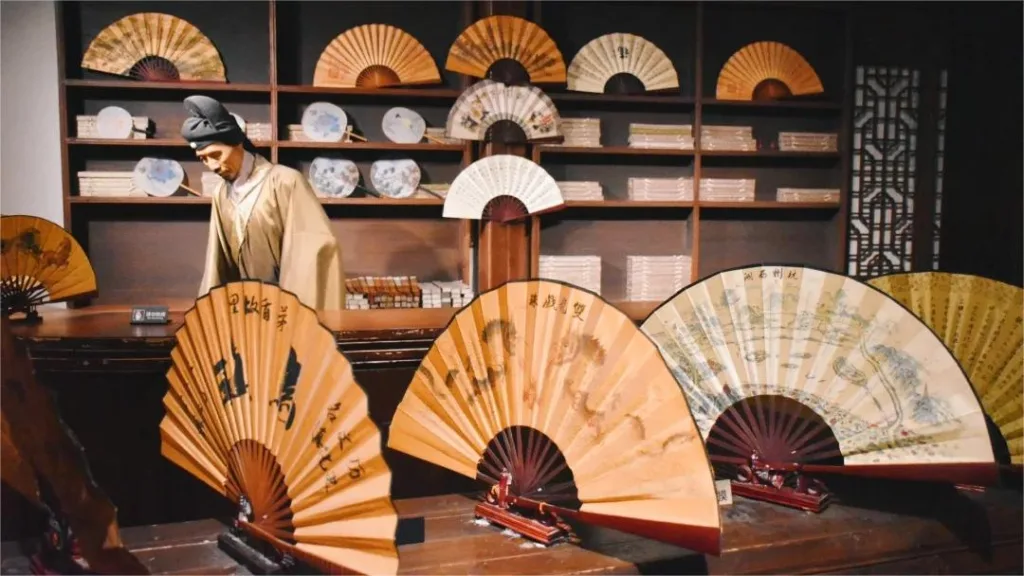
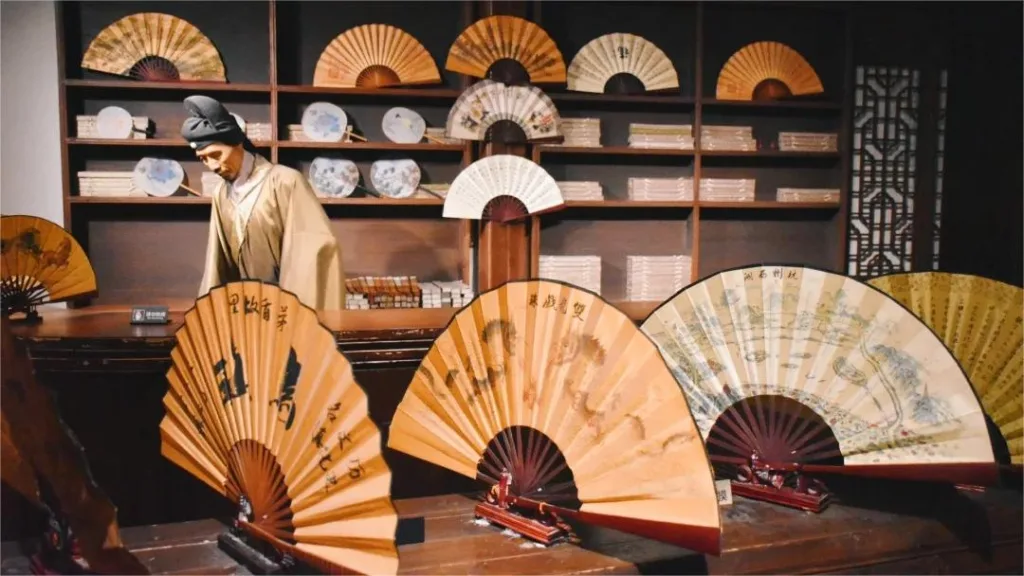
The China Fan Museum (中国扇博物馆) is a nostalgic museum with dim lighting, offering visitors a glimpse into the world of fans. Inside the museum, visitors can explore not only shops selling fans and the process of fan making but also a comprehensive collection of fans from ancient to modern times, featuring various materials, shapes, and designs, including those inspired by mythical stories. Lucky visitors may even encounter master craftsmen creating fan surfaces on-site, and for those feeling creative, there’s an opportunity to DIY a fan surface.
One of the highlights of the museum is the Ming and Qing Dynasty Fan Street, equipped with a glass visual explanation system. Standing in front of display cases showcasing folding fans, visitors will trigger the glass to project corresponding explanations. Additionally, the museum employs robot guides; when someone passes by, sensors detect their presence, prompting robot attendants dressed like shopkeepers to greet them.
Table des matières
- Informations de base
- Localisation et transport
- Exhibitions in China Fan Museum
- Vlog about China Fan Museum
- Attractions near China Fan Museum
Informations de base
| Durée estimée de la visite | 1 - 2 heures |
| Prix du billet | Gratuit |
| Heures d'ouverture | 9.00 - 16.30 ; Dernière admission : 16.00 Fermé le lundi |
| Numéro de téléphone | 0086-0571-88099880 |
Localisation et transport
The China Fan Museum is located at No. 450 Xiahe Road, Gongshu District, Hangzhou, Zhejiang Province, China, just west of the Gongchen Bridge. To get there, you can choose one of the following ways:
Bus : Take bus 1, 15, 58, 65, 98, 129, or 1231, get off at Gongchen Bridge West Stop (拱宸桥西站), and walk about 200 meters to the north to reach the museum.
Métro : The closest metro station to the China Fan Museum is Grand Canal (大运河站) on line 5. After getting out of the station from Exit A, walk about 400 meters to the east to reach the museum.
Exhibitions in China Fan Museum
Origin and History of Chinese Fans
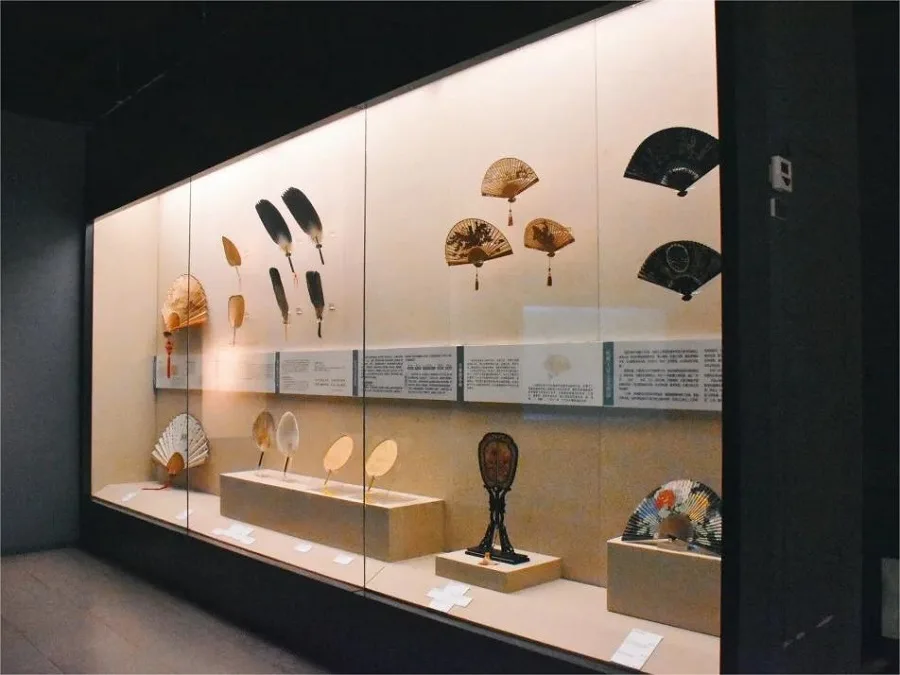
Fans, used for cooling and shading during the summer, come in two main types: screen fans and folding fans. Fans have a long history in China, with documented records dating back to the Xia Dynasty or even earlier, during the time of Yu Shun. Early fans with long handles were primarily used by nobles while handheld fans, resembling modern fans, emerged later. From the Qin and Han Dynasties onwards, round fans became prevalent, establishing the basic style of fans. Folding fans were introduced from Japan during the Northern Song Dynasty. Their ease of opening and closing led to widespread manufacturing and usage during the Ming Dynasty, making them equally popular as round fans. Over thousands of years, fans have not only served as tools for cooling but also have been closely associated with social politics, folk customs, and artistic creation.
Chinese Fan Culture
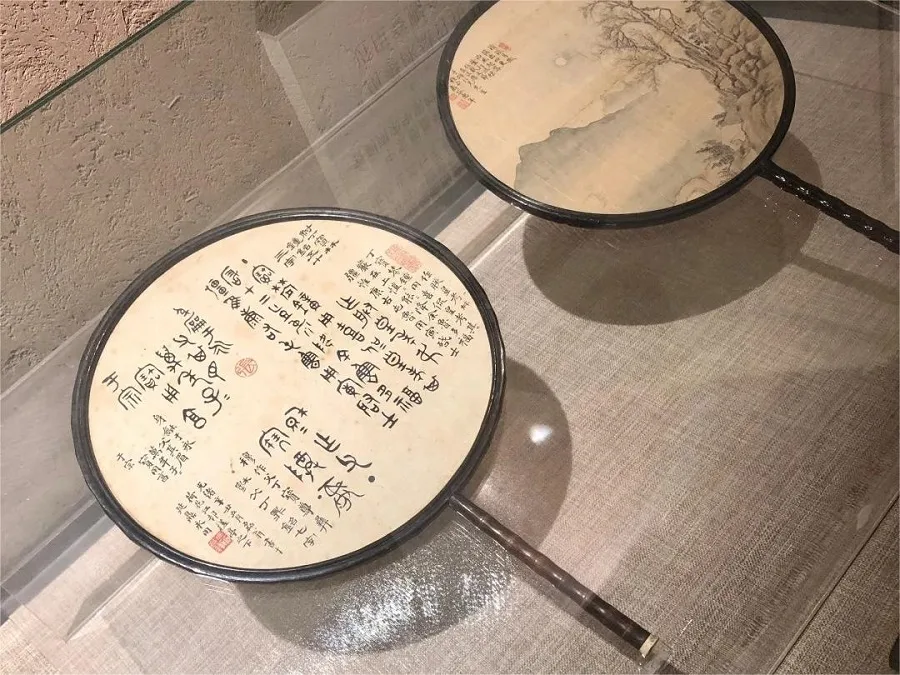
According to ancient Chinese literature, the emergence of fans was initially driven by the needs of social politics, which destined fans to bear the mission of social responsibilities. For a long period, fans were part of court etiquette. Simultaneously, they were endowed with supernatural abilities and used as magical instruments. The type and usage of fans varied according to different occupations and statuses, making fans symbols reflecting people’s social positions. In China, due to its intimate connection with ancient women, fans received special attention from artists.
Chinese Fan Industry
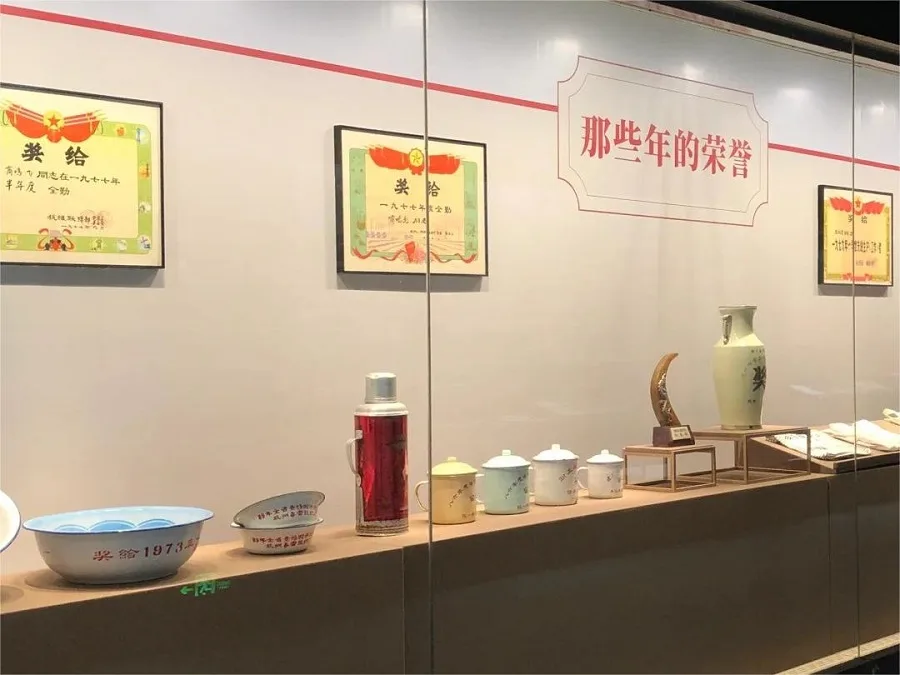
With the popularity of fans in daily life, fan-making industries developed in different regions. In the early days, the fan industry was centered in the Qi and Chu regions, hence the saying “Qi silk and Chu bamboo.” During the Song Dynasty, especially in the Southern Song Dynasty, Lin’an (Hangzhou), the capital, was the most concentrated and famous place, even boasting a fan street extending for two kilometers. By the Ming and Qing Dynasties, Sichuan and Jiangnan undoubtedly became the most developed regions for the fan industry. The famous Jinling fan and Suzhou fan were renowned nationwide, while Hangzhou’s folding fan craftsmanship and production scale were second to none.
Exquisite Fan Artistry

Chinese fan artistry is a product of the combination of folk artisans and literati artists. In the long process of development, fan artistry has evolved from a single style to a diverse range, and fan craftsmanship has transitioned from simple and practical to intricately carved and aesthetically pleasing, resulting from the integration and mutual promotion of folk crafts with poetry, calligraphy, painting, and sculpture. Although fans are made of different materials, almost every type of fan strives to transcend practicality. It is this endeavor that has made Chinese fans renowned as masterpieces of craftsmanship worldwide.
Vlog about China Fan Museum
Attractions near China Fan Museum

Bloc historique de la rue Xiaohe

Temple de Xiangji

Bloc historique et culturel de la route Dadou

Pont de Gongchen
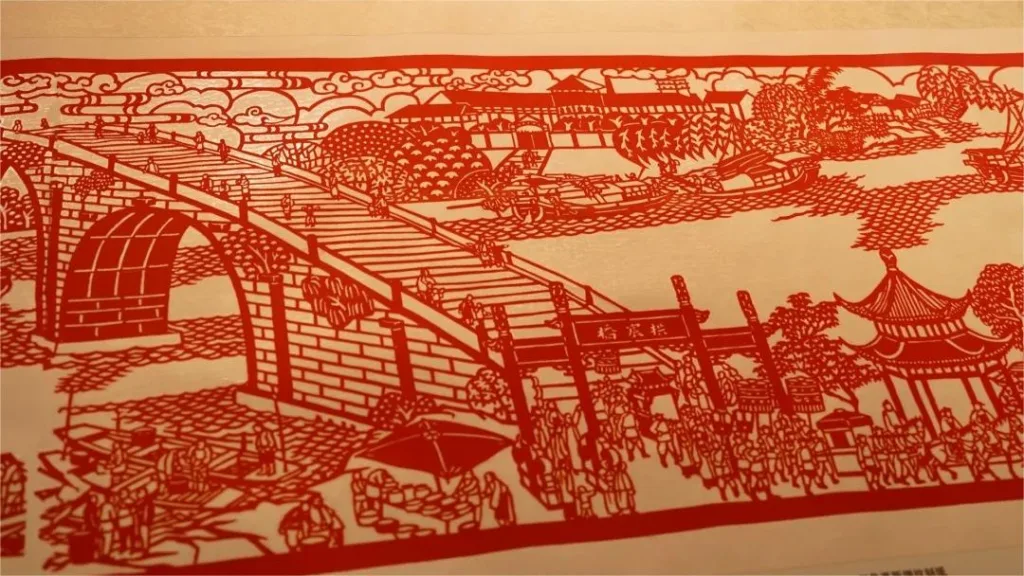
Musée des arts et de l'artisanat de Hangzhou

Musée chinois du parapluie

Musée chinois du couteau, des ciseaux et de l'épée

Musée du grand canal Beijing-Hangzhou
Attractions de Hangzhou, Musées du Zhejiang